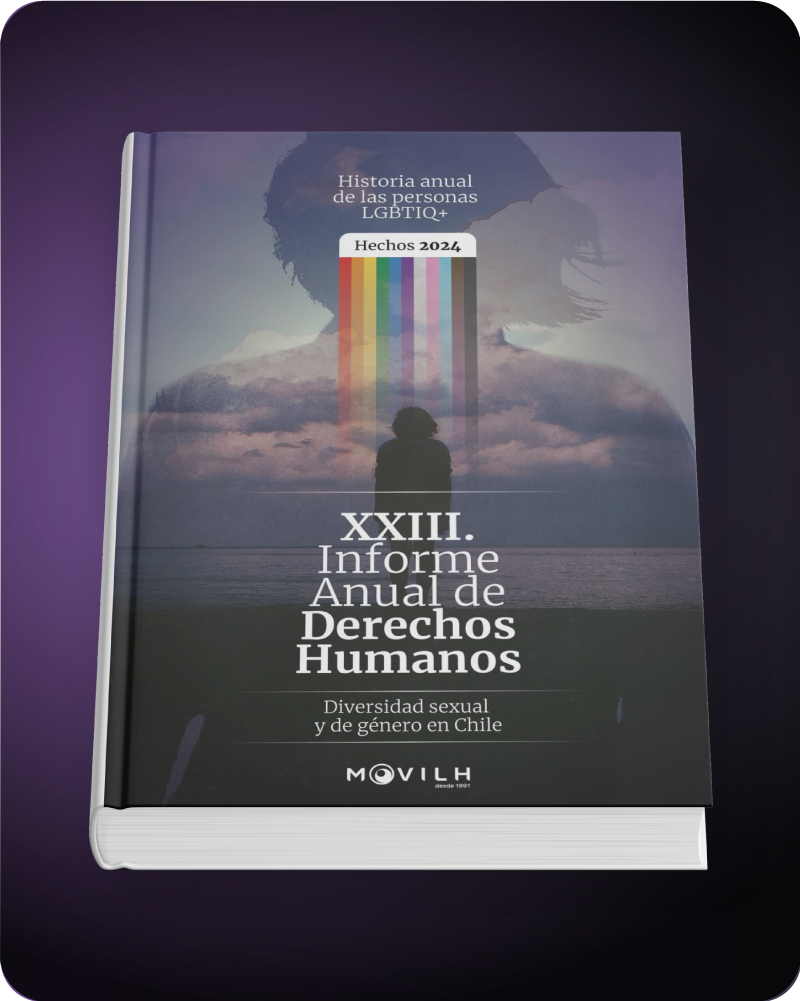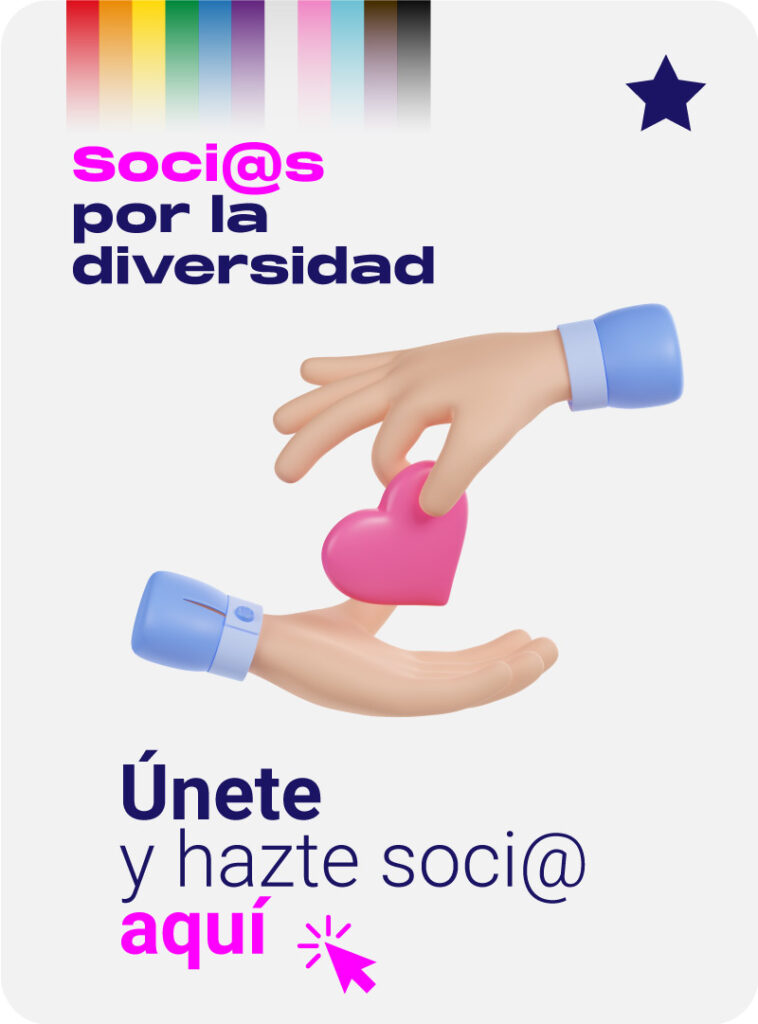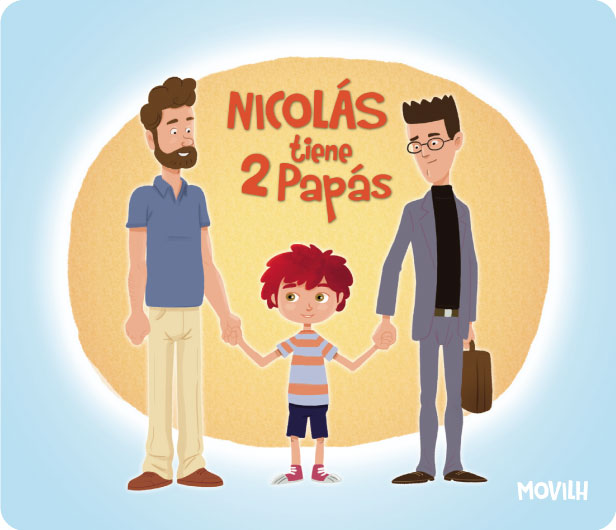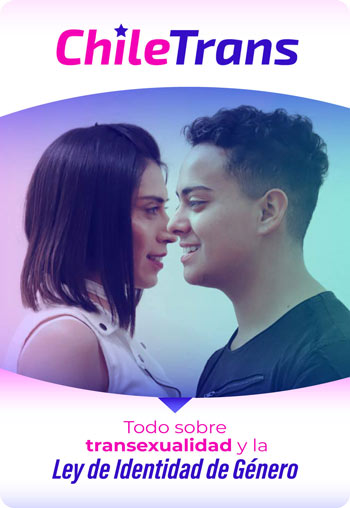1.- Where can I get information about the rights, the bills or the different ways of discrimination that affect the sexual minorities in Chile?
The most complete documents are the Reports on Human Rights for the Sexual Diversities, which are published on the webpage and in our Online Library.
In these reports, which are published every year, you will find qualitative and quantitative data on the discrimination affecting lesbian, gay, bisexual, transsexual, and transgender (LGBT) individuals in Chile. You will also find background information on the legislative, social, political and cultural challenges and achievements that every year benefit the human rights for this part of the population.
These report also analyse and tell in detail about all the studies and surveys on sexual diversity, rights and on the Chilean population’s perception of sexual minorities, which are conducted every year by corporations, foundations, universities and consultants
2.- How many gay, lesbian and transsexual individuals are there in Chile and in the world?
In Chile, there is no study that can give an exact percentage of the homosexual or transsexual population. There are only approximate studies that have a high margin of error, because given the prevailing discrimination gay, lesbian, bisexual, transsexual individuals often hide their sexual orientation or gender identity.
As a whole, on an international level, the sexual diversity movement has estimated that between 7 and 10 per cent of all the world’s population is homosexual men or women.
The data are based on the Kinsey Report, whose details, applied in Chile and in the world, can be found here.
According to the information provided there, “ there would be in Chile 749 769 men who had tried or were living in a homosexual way, meanwhile 2 755 647 men would have experienced or would have and orgasm with a person of the same sex. Regarding women, 996 936 people would have had or experience at least one orgasm with someone from the same sex by the year they turned 45”.
For the transsexual population there are not any matches in any study regarding the number of transsexual people in the world.
On the other hand, the Dutch government provides the most common number, which was used to pass the Law in Gender Identity in Spain. According to this number, for every 11 900 female there is one transsexual woman, while for every 30 400 male there is one transsexual man.
According to this, and considering the data from the Census of 2002, there would be 254 transsexual men and 644 transsexual women in Chile; a number that would be higher considering that the Dutch government based its information only on people who had had some type of medical assistance due to their human condition.
3.- What are the differences between the concepts of being gay, lesbian, bisexual, transgender, transsexual and transvestite, and others? What is sexual orientation, sexual behaviour and gender identity?
To understand the differences, have a look at pages 7 to 11 in our educational manual.
4.- What causes homosexuality or transsexuality? Are you born or made gay, lesbian, bisexual or transsexual?
Have a look at pages 11 and 12 in our educational manual.
5.- Is homosexuality or transsexuality an illness?
Regarding homosexuality, both male and female, there is a global consensus that it is not an illness. The World Health Organization (WHO) removed homosexuality from the International Classification of Deseases (ICD) on January 1, 1993, as agreed upon in its tenth revision in 1992. They followed in the steps of the American Psychological Association, which had done this in 1973.
In the case of transsexuality, it is defined in the International Classification of Diseases (ICD-10) as “a desire to live and be accepted as a member of the opposite sex, usually accompanied by a sense of discomfort with, or inappropriateness of, one’s anatomic sex, and a wish to have surgery and hormonal treatment to make one’s body as congruent as possible with one’s preferred sex”.
Althouh the most used and scientifically accepted concept is “Gender Idenity Disorder” (GID), there is no consensus on a social or investigative level on whether or not transsexuality is an illness. Currently, many social groups are demanding that transsexuality is withdrawn from the mental illness handbook and the sexual diversity movement considers that said illness by no means is neither pathology nor a disorder. For more information, have a look at this document.
6.- What is homophobia and transphobia?
Both phenomena have been defined as hatred towards gay, lesbian, bisexual (homophobia) or transsexual (transphobia) individuals, but in the Annual Reports on Human Rights for the Sexual Diversities in Chile they are described as followed:
a) Homophobia or transphobia: when a person or institution, whether on an intra-personal or societal level, permanently shows opinions, actions or attitudes that promote any type of segregation against sexual minorities, and although having the information necessary to change their prejudices and stereotypes, they neglect or refuse to acknowledge them.
b) Homophobic or transphobic behaviour: corresponds to the opinions, actions or attitudes that a person or institution can show at some point in their life, affecting in a negative way the knowledge about the sexual minorities or the integrity of someone who identify him or herself as homosexual. In other words, a homophobic behaviour doesn’t necessarily lead to homophobia and it can therefore produce the paradox of developing itself in parallel with pro-homosexual attitudes.
7.- What is the perception that lesbian, gay, bisexual and transsexual (LGBT) individuals have of discrimination and the kind of abuse that they have to suffer and what are their legal demands? What is the number of LGBT people who have children and/or practise any religion?
You can find all the answers in this study.
8.- What is the connection between gay people and AIDS?
AIDS can affect homosexuals and heterosexuals equally, although in Chile the highest percentage of people affected by the virus are still gay. You can read more about the subject in this study.
9.- Does the upbringing or adoption of children by same-sex couple affect the boys or girls?
All scientific studies have shown that there is no difference between the children raised by homosexual or transsexual couples to them raised by heterosexuals, and they conclude that the sexual orientation and gender identity are not transmissible. To understand this, it is enough to remember that all homosexual or transsexual individuals were born with heterosexual parents.
All studies that indicate the opposite, are not scientific and were, generally, made by authors that in some way are linked to religions that reject people for their sexual orientation or gender identity. We recommend you to always check the author’s resume when reading a book on transsexuality or homosexuality.


